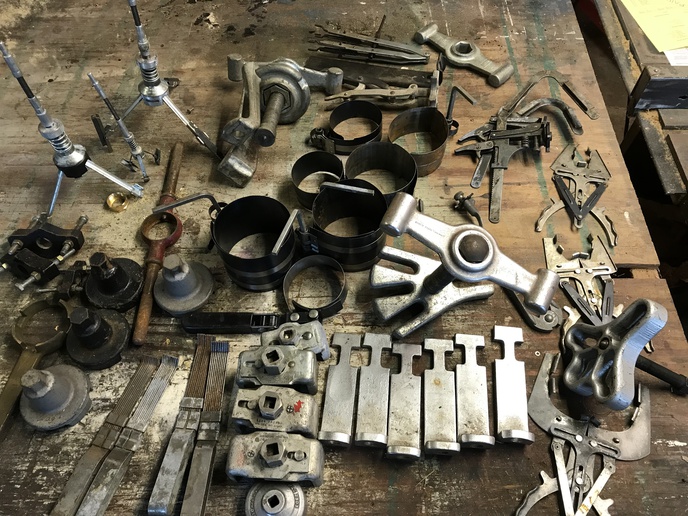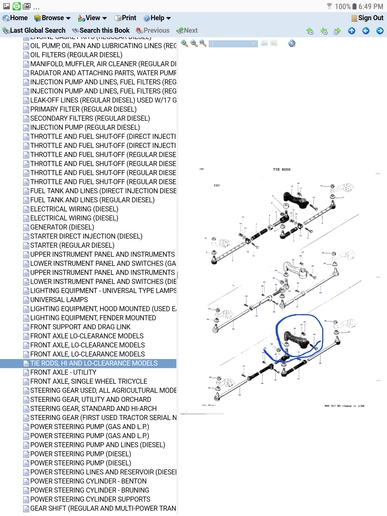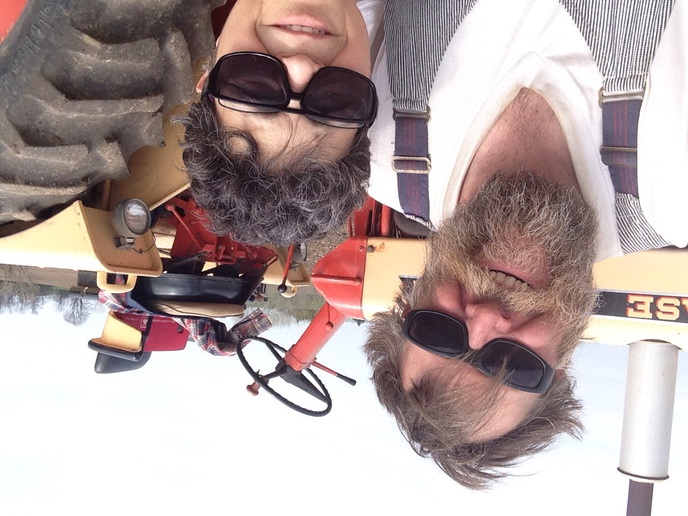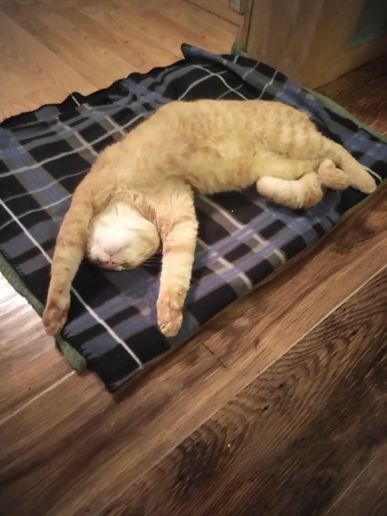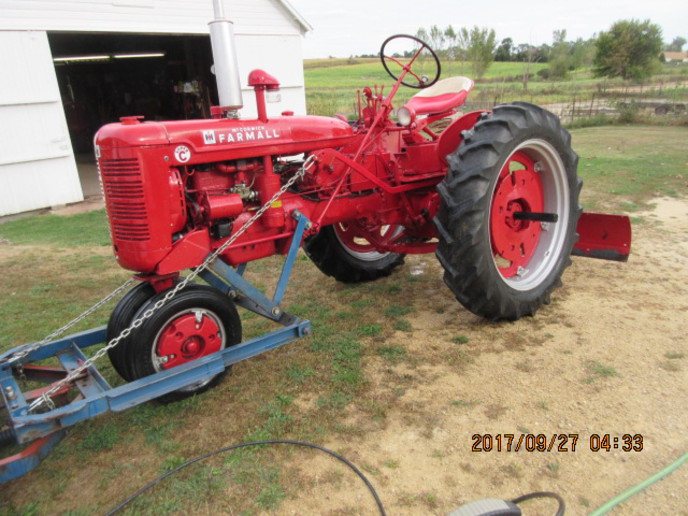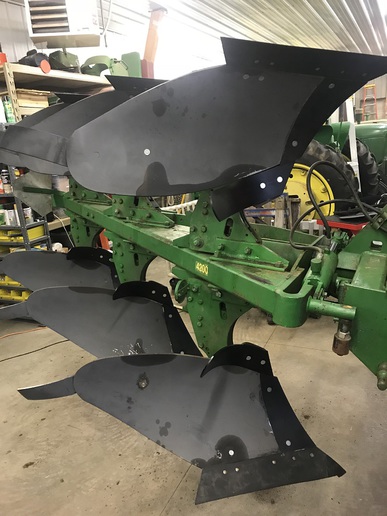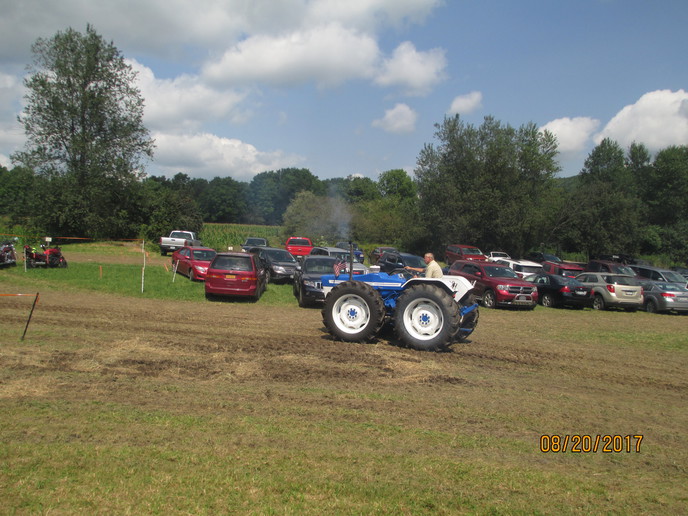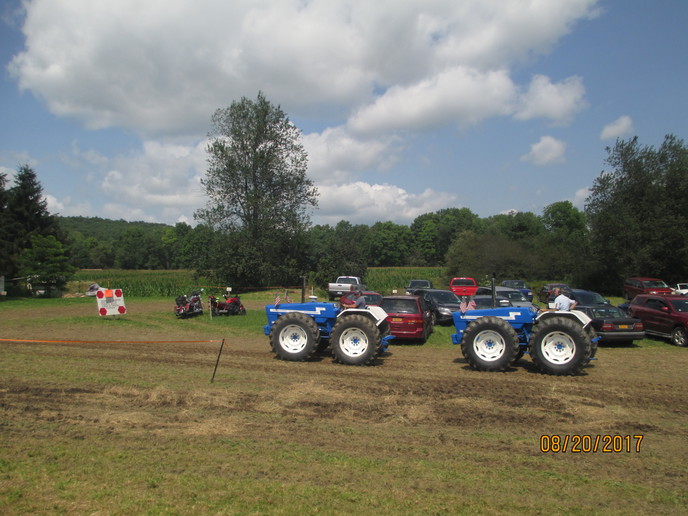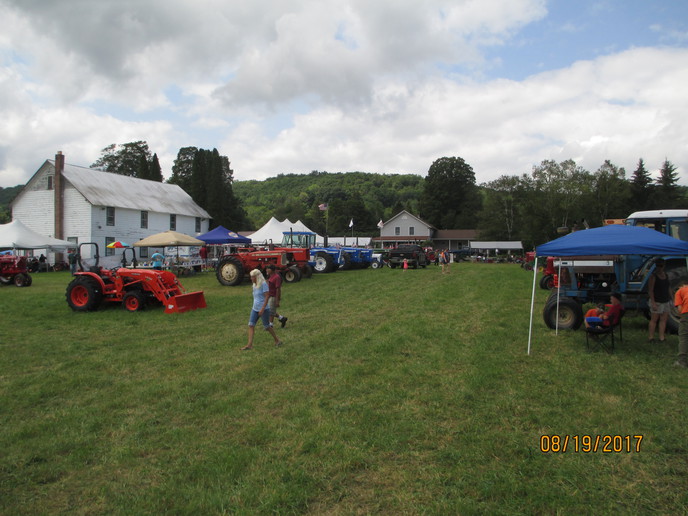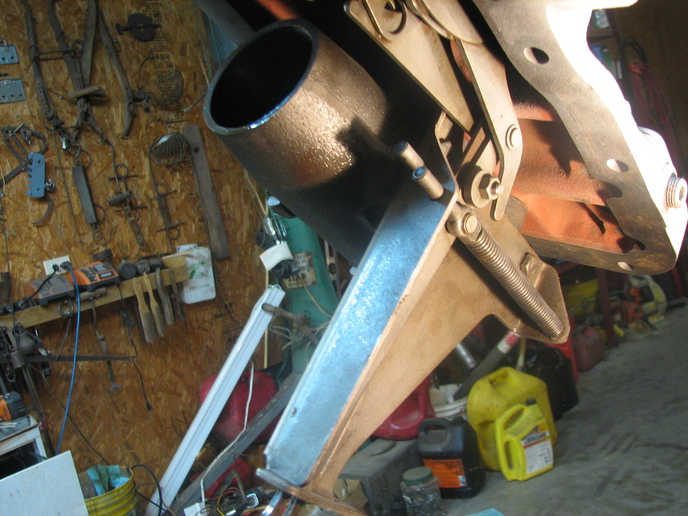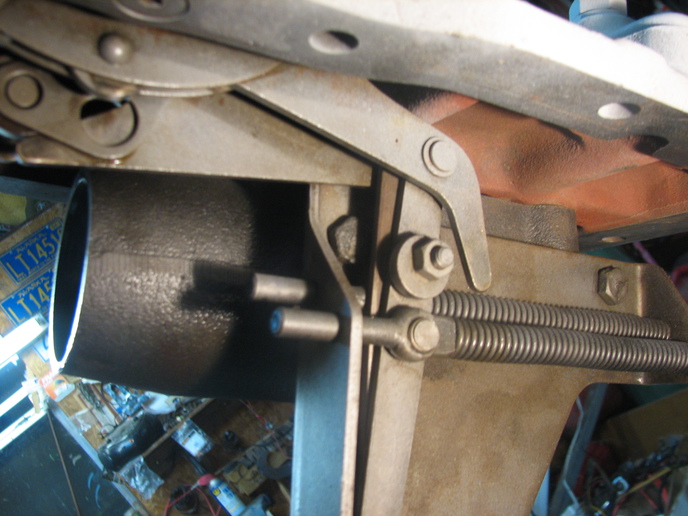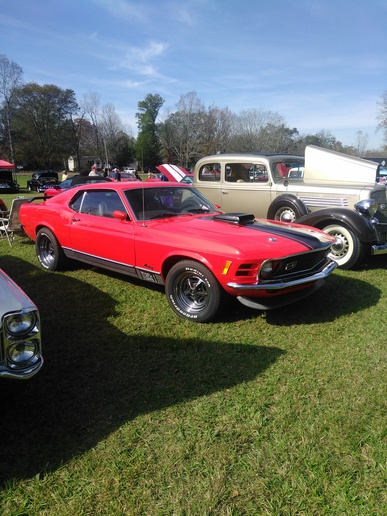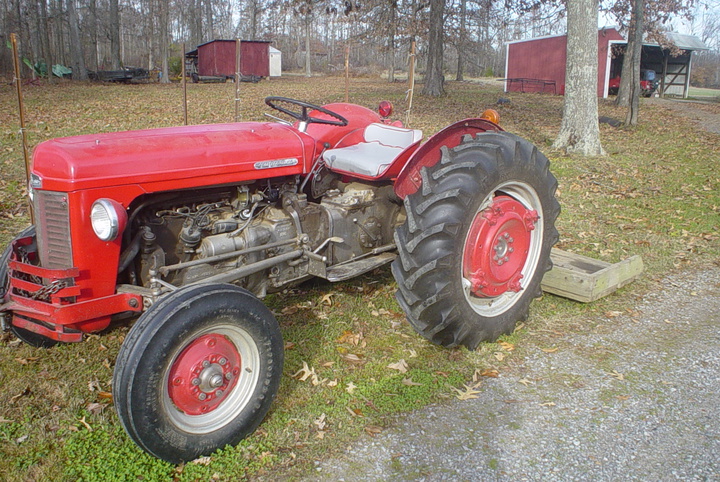olyellaferd
New User
I have a John Deere MT and am having some starting issues. The tractor cranks good once for around a half a minute then if it doesn't fire up and you go to crank it again the starter cranks good for about 4 or 5 rotations then itll surge and crank real quick once then come to a crawl rotating the engine for about a rotation and then start normal again. I am going to probably take the starter apart tomorrow and try to find some issue. I am wondering how to get the starter out. There is a nut on the side of the frame that I can take out but then there is no way to take the starter out it seems cause there is no backside to the threads. Thanks


